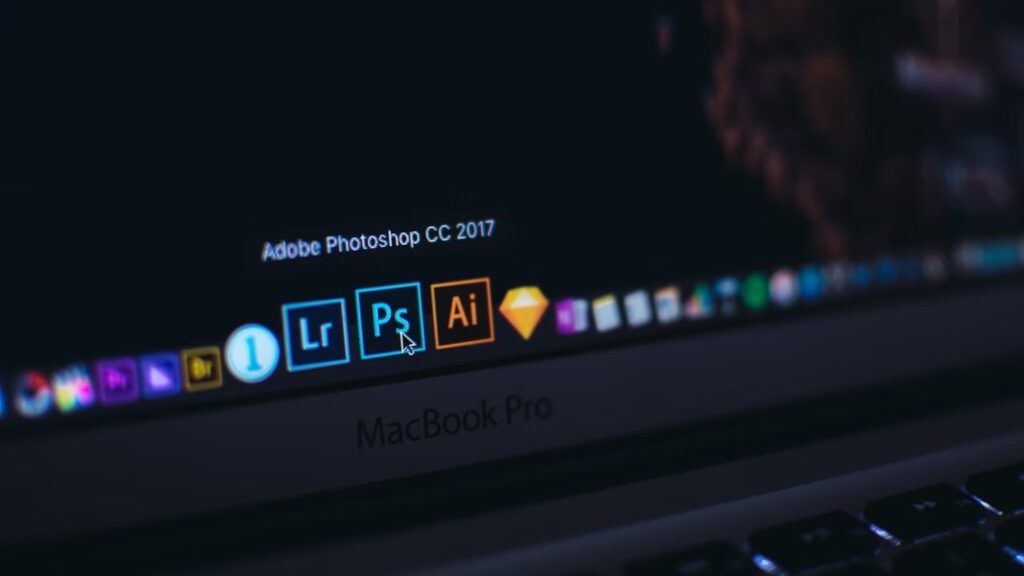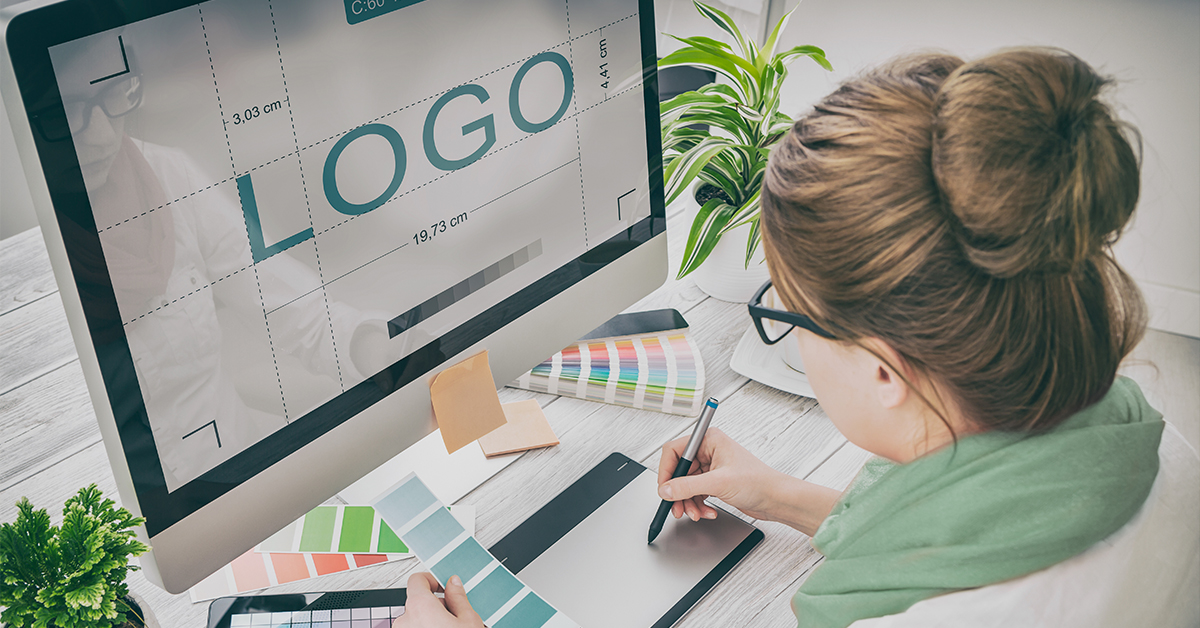Are you looking for the best design tools for print-on-demand products? If so, you’ve come to the right place!
This blog post will discuss some of the best tools you can use to create stunning product designs. We’ll also provide tips on how to use these tools effectively. So whether you’re a beginner or a pro, read on for some helpful advice!
What is Print-On-Demand Business?
First, let’s briefly discuss the print-on-demand (POD) business. POD businesses are those that allow customers to order custom-printed products. These products can be anything from t-shirts and mugs to phone cases and notebooks.
The best thing about POD businesses is that they require very little upfront investment. You don’t need to order large quantities of products and hope they sell. Instead, you can simply create a design and list it for sale on your website or a third-party platform.
When someone orders your product, the POD provider prints it and ships it directly to the customer. You don’t have to worry about storing inventory or fulfilling orders.
Now that you know a little about POD businesses let’s discuss some of the best design tools you can use to create beautiful products!

Best Design Tools for Print-On-Demand Businesses
There are many different graphic design tools that you can use for your POD business. However, not all of them are created equal. This section will discuss some of the best tools you can use to create stunning product designs.
1. Adobe Photoshop
If you’re serious about graphic design, you must learn how to use Adobe Photoshop. Photoshop is a powerful design tool that can create anything, from simple techniques to complex illustrations.
If you’re new to Photoshop, plenty of online tutorials and resources are available. Once you get the hang of it, you’ll be able to create some truly unique designs!
Photoshop is a paid tool, but it’s worth the investment if you’re serious about graphic design.
2. Canva
Canva is an excellent alternative to Photoshop if you’re looking for a more user-friendly option. Also, Canva is an online design platform perfect for quickly and easily creating simple designs.
It has a library of built-in templates and assets, so you can create professional-looking designs without prior design experience. Plus, it’s free to use!
Don’t have any images or graphics? It’s no issue. You may utilize a ton of stock photos from Canva in your creations.
While Canva offers a large selection of ready-to-use pre-designed templates, it also features a graphic template builder that enables users to create their original, professional-looking designs from scratch.
If you’re looking for a quick and easy way to create simple designs, then Canva is the perfect tool.
3. Adobe Illustrator
Adobe Illustrator is another excellent graphic design tool. It’s similar to Photoshop but specifically designed for vector illustrations.
Illustrator is a popular tool among designers for making vector graphics. Since vector graphics are made of points, lines, forms, and curves rather than a predetermined number of pixels, they can be scaled up or down without losing image quality.
Vector illustrations can be scaled up or down without losing quality. This makes them perfect for print-on-demand products like t-shirts and mugs. If you’re interested in creating vector illustrations, then Adobe Illustrator is your best tool.
4. Fotor
Fotor is a great all-in-one design tool perfect for creating simple designs. It has a library of built-in templates and assets, so you can create professional-looking designs without prior design experience.
Fotor asserts that its users have access to over a million free templates. Additionally, its user-friendly interface makes it an excellent choice for those who are accustomed to using design tools and want to try something new.
The pricing depends on how many photographs you intend to use; an individual plan starts at $5 per month, and a group plan is $10 per month.
5. Affinity Designer
Among design programs, Adobe Photoshop is peerless. Affinity Designer, a component of Adobe’s Creative Cloud, features robust image editing tools that enable you to make logos and signage.
It also has sophisticated corrective features for photo editing. Even non-designers can quickly learn how to use the application. For those who are more skilled, it also provides more complex tools.
Tips for Creating Stunning Designs

Now that you know some of the best design tools for print-on-demand businesses let’s discuss some general tips that you can use to create stunning designs.
Here are a few things to keep in mind:
1. Keep it Simple
When it comes to design, less is more. Avoid using too many colors or complex patterns. Stick to a few simple elements that will make your design pop.
2. Use High-Quality Images
Remember that your product’s design will be printed on physical products. This means that low-quality images will become pixelated and blurry when printed. Make sure to use high-quality images that will look great on your products.
3. Choose the Right Colors
The colors you use in your design will significantly impact your product’s appearance. When choosing colors, think about the mood or feeling you want your product to convey.
4. Use Negative Space
Negative space is the space around your design elements. Using negative space in your designs is essential, as it can help create a more balanced and visually appealing design.
5. Proofread Your Design
Before you finalize your design, make sure to proofread it carefully. Check for any spelling or grammatical errors. This will help to ensure that your product looks professional and polished.
Following these tips, you can create stunning designs that look great on your print-on-demand products. With the right design tools and creativity, you can create beautiful products that your customers will love.
Final Thoughts
So there you have it! These are just a few of the best design tools you can use for your POD business. Experiment with different tools and see which ones work best for you.
With a bit of practice, you’ll be able to create stunning designs that will wow your customers! Thanks for reading, and good luck!
